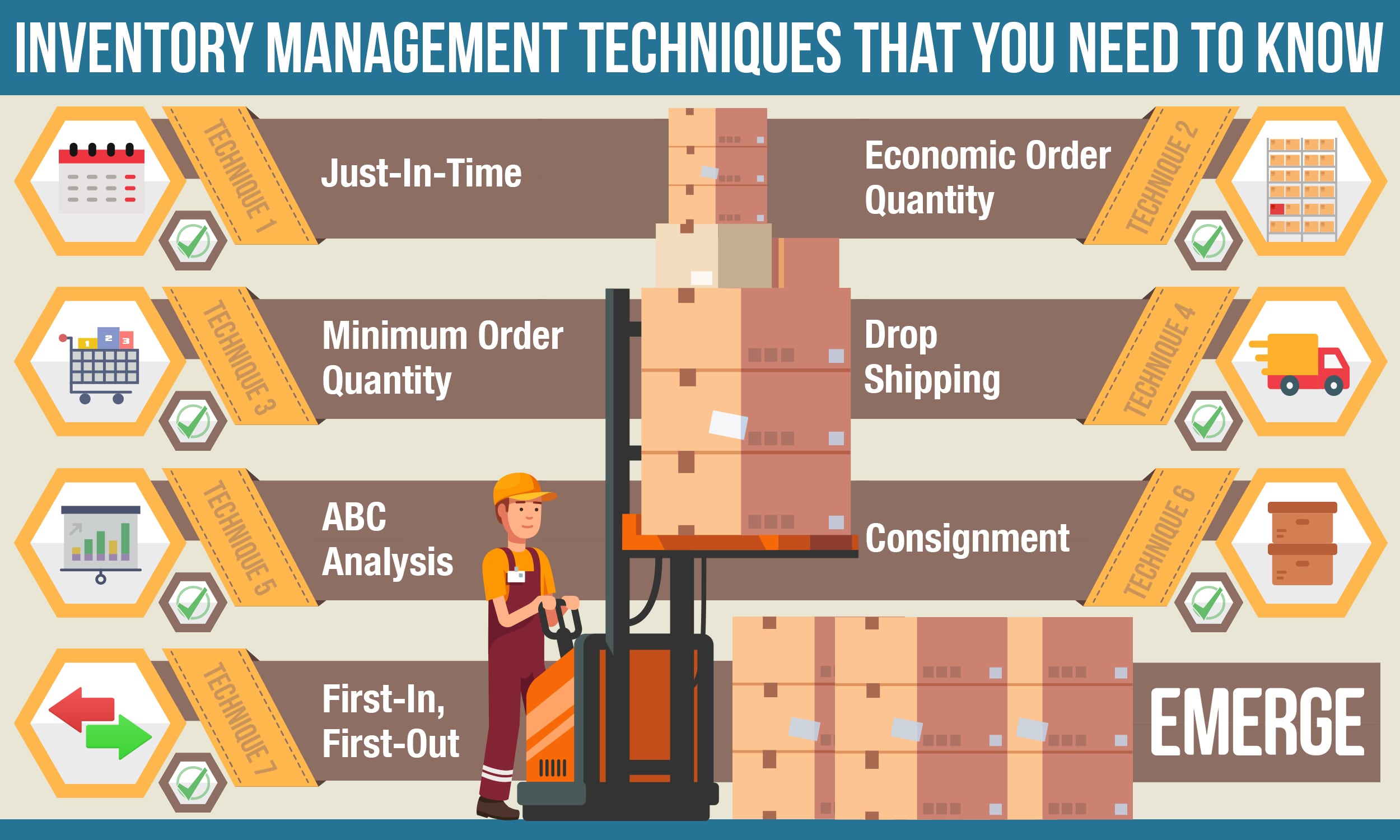The supply function has the responsibility for the receipt, custody, and distribution of large sums of money in the form of goods, and for the determination of proper quantities of material to be held, in order that operational needs may be met as economically possible. The supply function must be managed and operated in a highly-efficient way. The contribution of a good supply function to the success of an enterprise is universally recognised in terms of the contribution to the bottom-line profit.
The stores should be considered as a temporary location for materials required for operational purposes and should be planned, organised, and operated in such a way that the period of storage of each item is as short as possible; consistent with economic operations. The only reasons for carrying operating stocks are that the material is needed, and that supply cannot be exactly matched by demand. Figure 1 shows that a single transaction indirect supply replaces the three operations: receive – store – issue. One activity replaces three. Obsolete, redundant, or surplus material is simply money sitting on a shelf, needing more money to be spent on its custody.

In general, if demand is steady or highly predictable, then we should store for short periods, if at all. The adoption of just-in-time (JIT), lean supply, and agile supply approaches in recent years, reflects the general awareness that stocks are expensive to hold and that opportunities should be sought to make better use of the money they represent. When demand is highly-unpredictable, then storage for longer periods may be needed.
Large sums of money are involved, and it is essential to organise the materials function so that the investment is kept to a minimum. From a supplies point of view, the most important thing is to keep the quantities of incoming goods as near as possible to the amounts fulfilment/installation and assurance/faults lines will use daily. Shortages must be avoided, or production will have to stop. At the same time, too much must not be delivered, or it will clog up the ordering and production areas, apart from the fact that excess deliveries will tie up more capital.
The emphasis is on the fulfilment/installation and assurance/faults schedule, and everything is governed hereby. For bulky or expensive materials or components, the flow will have to be managed hour-by-hour, and this demands a high degree of cooperation and efficiency.
The requirement is not to keep the amount of stock down as far as possible, but to keep it up to the minimum operational requirement.
